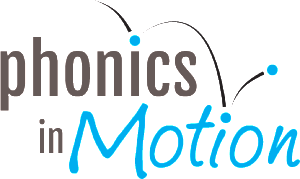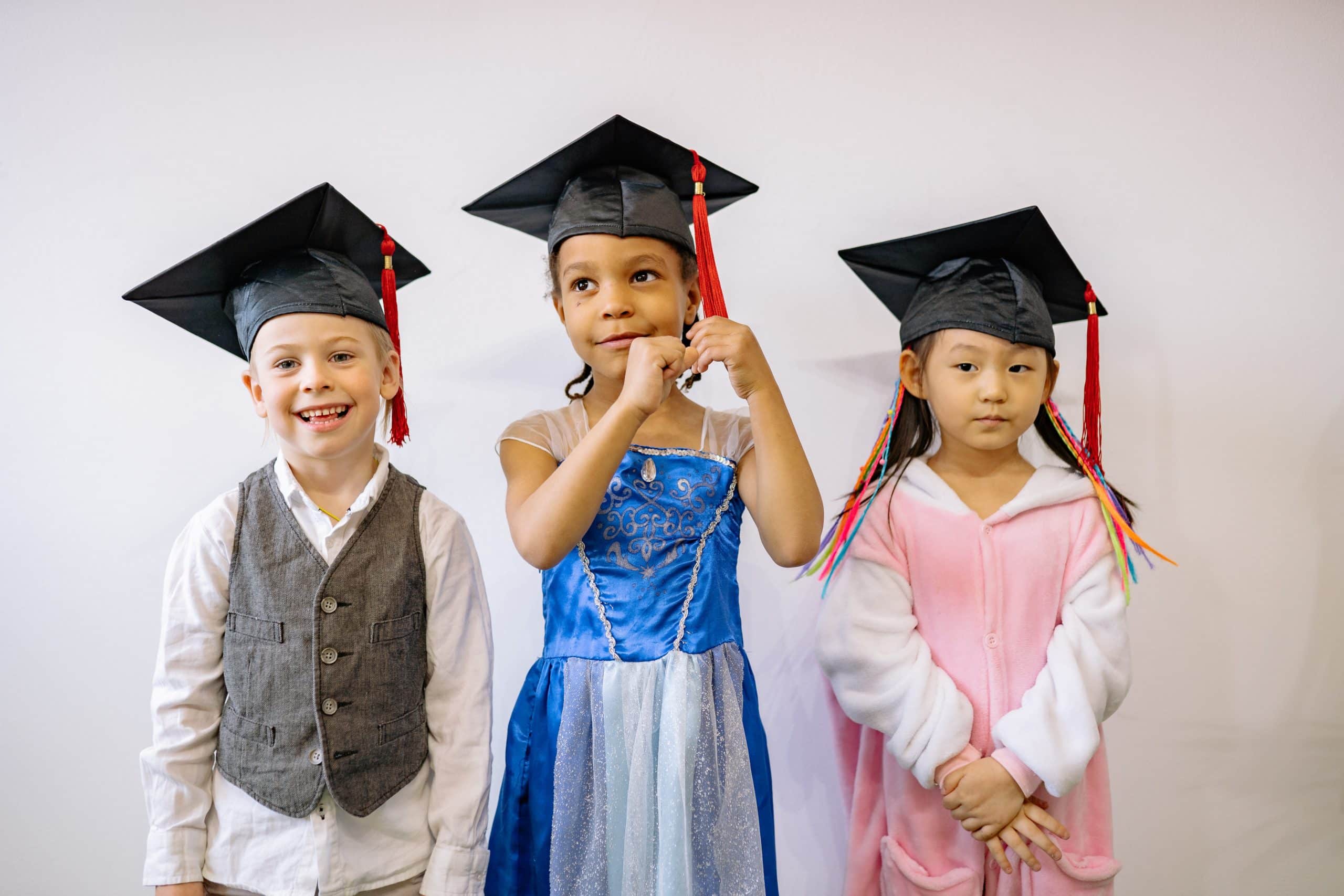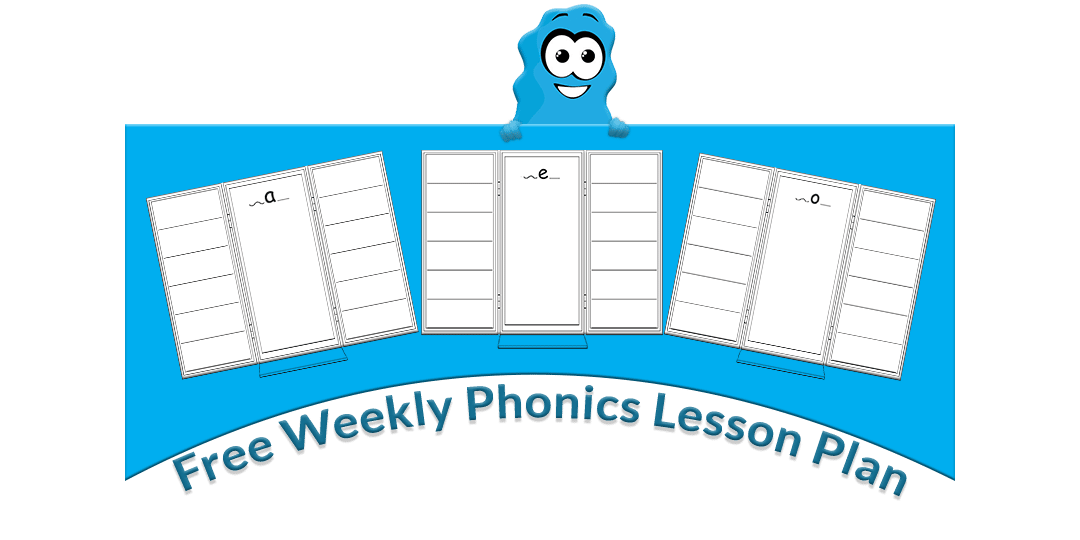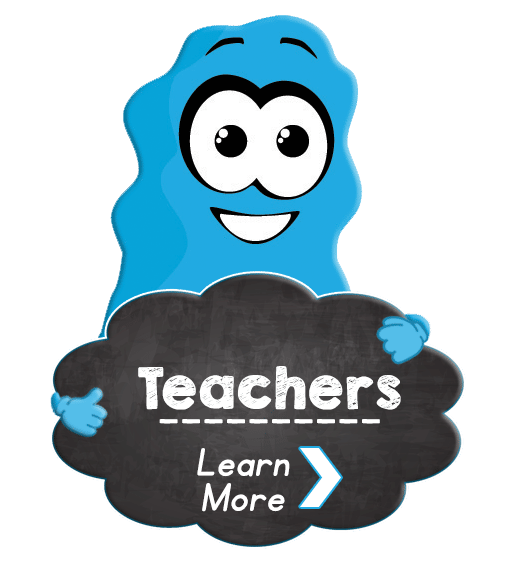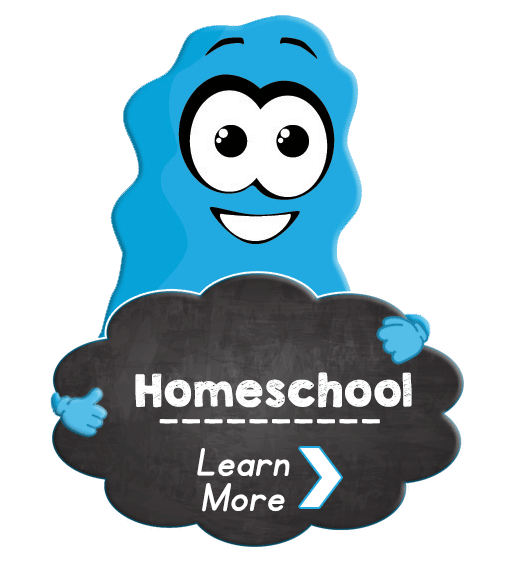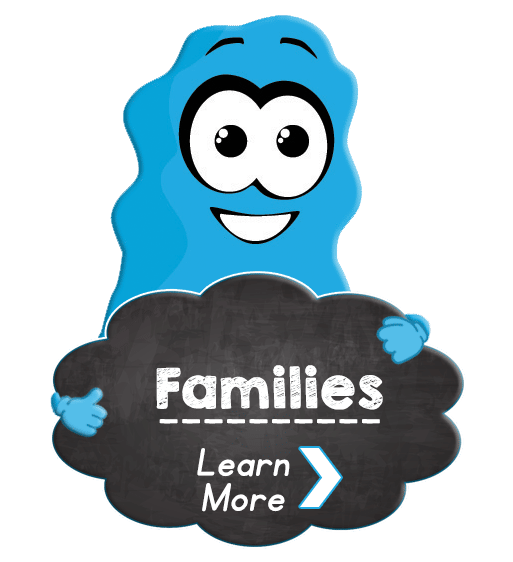Brain-Based Learning: Changing The Way We Teach Kindergarten
Imagine a classroom where children are engaged and excited about learning to read and write. A space where they feel confident in their abilities and develop skills that will last them a lifetime. There is no such thing as boring seat work, but instead brain-based learning strategies so students can meet literacy educational outcomes quicker than ever before. This is brain-based learning at its best!
By integrating brain-based teaching techniques in the kindergarten classroom, you can provide an engaging environment for young learners who want to learn how to read and write quickly. Research shows that brain-based learning is more effective than traditional teaching methods because students can easily connect literacy concepts. In addition, used in the early grades, it can help students meet literacy educational outcomes while having fun!
So, what is brain-based learning, and how can you use these techniques to build the most exciting classroom in your school?
What is Brain-Based Learning?
Brain-based learning is when children are taught in the manner or natural sequence that their brains learn to read and write.
This concept isn’t based on what adults think needs to be covered in a boring, scripted curriculum. Brain-based learning provides all of the tools necessary for success but let the child take the lead.
By explicitly teaching literacy skills, but infusing them with kid-friendly energy, students become willing and capable participants in their education. Meeting students where they are in a fun, inclusive manner removes the fear of risk and allows children to thrive in a welcoming environment.
Brain-based learning is really a whole-body experience. Since all systems are involved in the acquistion of knowledge, providing varied experience is so important for early literacy!
Why Brain-Based Learning?
Many different brain-based learning strategies can be implemented in a kindergarten classroom. One example is using stories to teach reading skills. When children hear a story, their brains are engaged in many different ways. They are hearing language, making connections to pictures, and predicting what will happen next. This helps them develop comprehension skills and prepare for future reading assignments.
Another brain-based learning strategy that can be used in the kindergarten classroom is writing activities. When children write, they are practicing important hand-eye coordination. In addition, they are practicing spelling and how to create sentences. This helps them develop important literacy skills that will carry into first grade and beyond.
The best part of brain-based learning is that it is adaptable to any classroom. Whether you have a large or small class, there are strategies that can be used to engage all students. By focusing on how the brain learns, teachers can help their students reach their fullest potential in the classroom!
The Effectiveness of Brain-Based Learning
Brain-based learning is more effective than traditional teaching methods, and when introduced in primary education, it can help students meet literacy educational outcomes quicker than ever before.
Many different brain-based learning strategies can be implemented in a kindergarten classroom. By understanding how the brain learns to read and write, we can choose activities that let students learn and have fun at the same time.
Teaching students the way they naturally learn can have the biggest impact, and by using kid-friendly energy to do it, you can really seal the deal. If students remember how easy and fun it is to learn in your classroom, they will also remember what you taught them long after they finish school for the day.
Phonics in Motion believes that providing a fun, brain-based learning environment is the most important factor in helping kids to develop a love of education and literacy! By focusing on a whole-body, child-like approach to education, Phonics in Motion helps make sure kids learn in a way that makes sense for them.
How the Brain Learns to Read and Write:
According to research by Caine and Caine, there are several conditions that must be met for the brain to learn properly.
First, the brain is capable of learning different concepts at the same time, and connecting ideas is necessary. This is why Phonics in Motion advises against teaching in silos, and fully embraces connected teaching methods.
Second, they believe that emotion heavily impacts skill acquistion because the brain cannot tell the difference between cognition and emotion. Phonics in Motion knows is committed to helping you provide a fun, positive, and risk-free educational environment is essential for making connections in literacy.
You can probably remember your “favorite” teacher, and we’re willing to bet it is because you made a positive connection to education in their classroom. Fun and risk free environments help concepts stick with us all the way into adulthood.
The Science of Reading tells us that there are four biological components to actually learning how to read and write:
Visual Cortex
One of the most obvious parts of the brain involved in literacy skills is the visual cortex. This allows students to identify, isolate, and store letters and words. The visual cortex is important for orthographic processing or recognizing letters and words as symbols that hold meaning in language. While some students may find this a little tricky at first, almost all children can eventually identify differences, which is the first step in reading.
Auditory Cortex
The auditory cortex is responsible for noticing differences in sounds in oral language. This is where our phonics and phonemic awareness comes in. By being able to identify slight differences in sounds, students are able to form words and eventually catch on to patterns. The auditory cortex is in charge of phonological processing. Once students have a solid handle on identifying sounds, they can expand their vocabulary.
Angular Gyrus
Connecting letters with sounds and sounds with letters is important in developing literacy skills, and the angular gyrus helps students do just that. Aiding in sound-symbol connections and semantic processing, the angular gyrus plays one of the most important roles in learning how to read.
Inferior Frontal Gyrus
Responsible for speech production, fluency, and comprehension, the inferior frontal gyrus is where it all comes together, and the brain understands all of the information it processes. In order to fully master reading and writing, students must be able to comprehend the concepts, and this is where the magic happens.
What Does Brain-Based Learning Look Like in the Classroom?
There are several different ways to implement brain-based learning strategies in the kindergarten classroom. Teachers must understand how students learn best and adapt their lessons accordingly for maximum results.
One example is using humor, friendliness, and energy whenever possible. Engaging students with activities that they enjoy helps them become more invested in what you’re teaching them about literacy skills. By infusing a little bit of fun into your lesson plans, students will be excited to return each day and eager to participate as much as possible!
Another way teachers can apply brain-based learning techniques is by providing visual cues when reading stories aloud from the board or overhead projector so kids remember important plot points better later on down the road! In addition, breaking down words into syllables helps with phonemic awareness and orthographic processing.
Teachers can also use hands-on activities to help students learn about letters and sounds. For example, having students make letter shapes out of Play-Doh or creating a sound wall where children add new sounds they’ve learned throughout the year.
Giving students time to practice what they’ve learned in a fun way is always a good idea! Whether through games, puzzles, or other creative activities, getting kids actively involved in their education will benefit them for years to come.
By using brain-based learning strategies in your kindergarten classroom, you are setting your students up for success not only now but well into the future.
The best part of brain-based learning is it’s adaptable to any classroom. Whether you have a large or small class, most strategies can be implemented to engage all students. By focusing on how the brain learns, teachers can help their student reach their fullest potential!
Techniques for Brain-Based Learning
The brain uses multiple strategies to learn, so it’s important for teachers to use multiple techniques when teaching.
Some brain-based techniques that can be used in the classroom are:
Storytelling:
Stories have long been used in kindergarten classrooms, and for good reason! When children hear a story, their brain is engaged in many different ways. They are hearing language, making connections to pictures, and predicting what will happen next, which helps develop comprehension skills and prepare for future reading assignments.
Kinesthetic learning:
Kinesthetic movement in the classroom involves students being active and engaged. Some activities include hands-on projects, movement games, and using manipulatives. Music can help with memory, focus, and motivation. Teachers can use music to set the mood for a lesson, as well as incorporate movement and dancing into lessons themselves.
Another brain-based learning strategy that can be used in the kindergarten classroom writing activities. When children write they are practicing important hand-eye coordination as well as spelling words and create sentences helping them with literacy skills that will carry into first grade and beyond. Phonics in Motion combines the best of both worlds and offers Handwriting Stories, which helps students gain fundamental writing skills in a way that feels natural.
Cooperative learning:
Students learn best when they are working together. Cooperative learning involves students working in pairs or small groups to complete tasks.By giving young learners easy roles within a group, they practice how to make a plan and understand how each element of the activity is connected. This concept can be applied in so many ways, and students can have a ton of fun doing it!
Our Brains Need to Decode To Be Good Readers
We decode text to read. This is a process where the brain takes all of the letters and groups them together to make sounds. We then use those sounds to figure out what word it is. If we can understand what each individual letter means, our brains will be better at decoding unfamiliar words. To help with this, teachers can:
-Show students how to break down words into syllables
-Teach students about prefixes and suffixes
-Have students practice decoding words in fun ways such as puzzles or games
By using these strategies, your students’ brains will be working hard to become good readers! And that’s something every teacher wants for their kids.
Although it may seem like a daunting task, teaching kindergarten using brain-based learning strategies can be a lot of fun! You are setting your students up for success in not only the present but also in the future. So go out there and have some fun with those little ones while helping their brains grow and learn!
How Phonics in Motion Teaches Brain-Based Learning
One way brain-based learning is taught in kindergarten classrooms is through phonics. Phonics instruction helps children learn how to read by teaching them the relationship between letters and sounds. When children are actively engaged in learning, their brains are working hard!
Phonics in Motion uses movement to help students learn phonics skills. In this program, students match a gesture to each phoneme. For example, when they hear /s/ they might snap their fingers. This helps students learn the sounds of letters and words in a fun and engaging way.
Phonics in Motion is committed to bringing fun and brain-based learning into classrooms and homeschools across the country. By using movement, they are able to help students learn phonics skills while keeping their brains active and engaged!
Creating a fun, engaging learning experience in the classroom is the first step in becoming the most exciting teacher in your school. By using brain-based learning strategies, you can ensure that all of your students are on the path to success!
Check Out Phonics in Motion
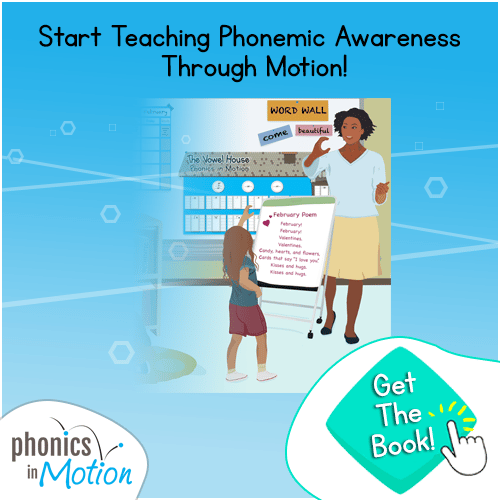 Based on the research and life’s work of Dr. Terry Kindervater, The Complete Guide To Teaching With Phonics in Motion provides comprehensive techniques and explanations into the science of primary literacy development, including early handwriting skills.
Based on the research and life’s work of Dr. Terry Kindervater, The Complete Guide To Teaching With Phonics in Motion provides comprehensive techniques and explanations into the science of primary literacy development, including early handwriting skills.
This e-book is written to benefit any educational setting, as it includes clear instructional methods to follow with learners at any level.
Due to its focus on learning through kinesthetic movement, Phonics in Motion is the perfect place to start for nearly effortless learning instruction both at home and in the classroom. You can get a sneak peek of our research-backed e-book here.
